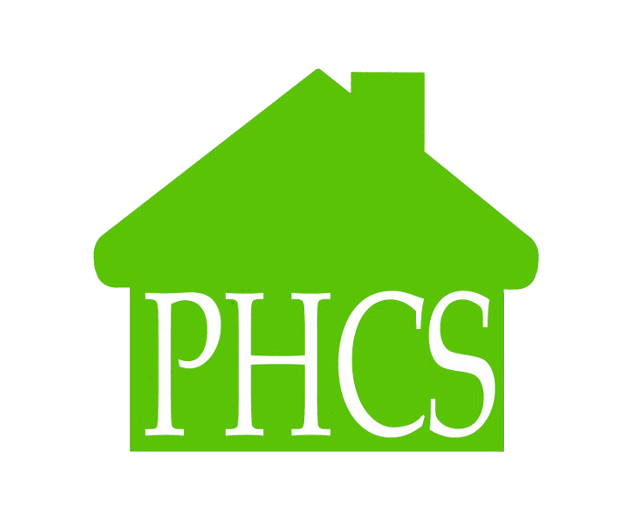Basic Bedrest Positions
1. Lying on the Back: Keep the head in line with the body. Support the head with a pillow placed under the neck. The pillow should extend from the lower neck to the head. Do not allow the head to fall back. Keep the knees bent by placing a pillow under them. This will relieve stress on the lower back. A rolled washcloth or small towel placed in the hand helps keep the hand from contracting. A foot board may be required if the person is on long-term bedrest.
2. Lying on the Side: This position helps relieve pressure on the back. Support the top leg with a large pillow placed between the legs. Support the entire leg, including the ankle. The arm under the body should be in front of the chest and bent upward at approximately a 90-degree angle. Watch the arm under the body for impaired circulation. Reposition the person if he or she complains of numbness, pain or tingling, if the arm is cool or discolored, or if the fingernails are blue. Support the upper arm, forearm and hand with a pillow. The arm should be kept in a bent position, close to the body. Support the head with a small pillow. Keep the head in line with the spine.
3. Sitting and Modified Sitting: The sitting position does put pressure on the base of the spine and the heels, but can be modified to relieve pressure on those areas. Bed posture is important. Make sure that the head is in line with the spine and the back is straight. If you are using a hospital bed, the hips should be at the downward bend of the mattress. Support the shoulders and head with pillows. The pillows should be placed under the shoulders first. Then position additional pillows under the head. If you are using a conventional bed, place a small pillow under the knees. For a modified sitting position, the head of the bed is raised no more than 30 degrees, to reduce pressure to the lower back. A thin pad or pillow is placed under the legs from the mid-calf to the ankle. The heels are elevated slightly to eliminate pressure.
4. Prone (Lying on the Stomach) and Modified Prone: The prone position can relieve pressure to the back and hipbones. Do not use this position if the person you are caring for has cardiac disorder, respiratory distress, recent abdominal surgery or if the person complains of discomfort. Most people find the prone position comfortable for only 15-20 minutes. Let the feet hang over the edge of the bed in the proper flexed position, and support the ankle joint by placing a folded towel beneath the ankle. You can also position the person with the feet remaining on the bed. In this position you need to place a pillow from the knees to the ankles so that the feet are in a flexed position. Both foot positions help to prevent pressure on the toes and ankles. Place a small pillow or folded towel under the abdomen if it increases comfort. Turn the head to the side and rest it on a flat pillow, folded blanket or towel. The arms should be at the sides or bent at the elbows toward the head of the bed. For modified prone position, bring one knee up toward the chest, placing the opposite arm behind the body. A flat pillow or towel can be placed under the knee, ankle, shoulder or abdomen if this provides more comfort.
